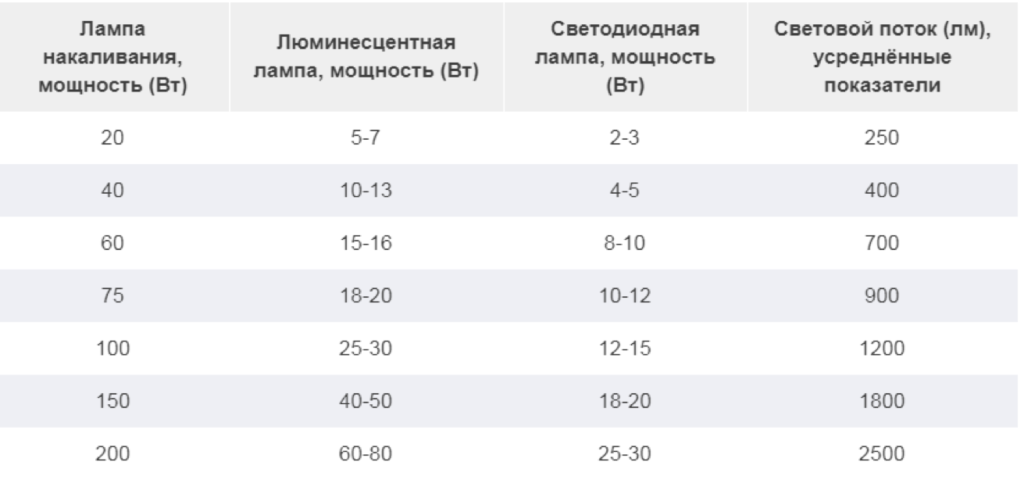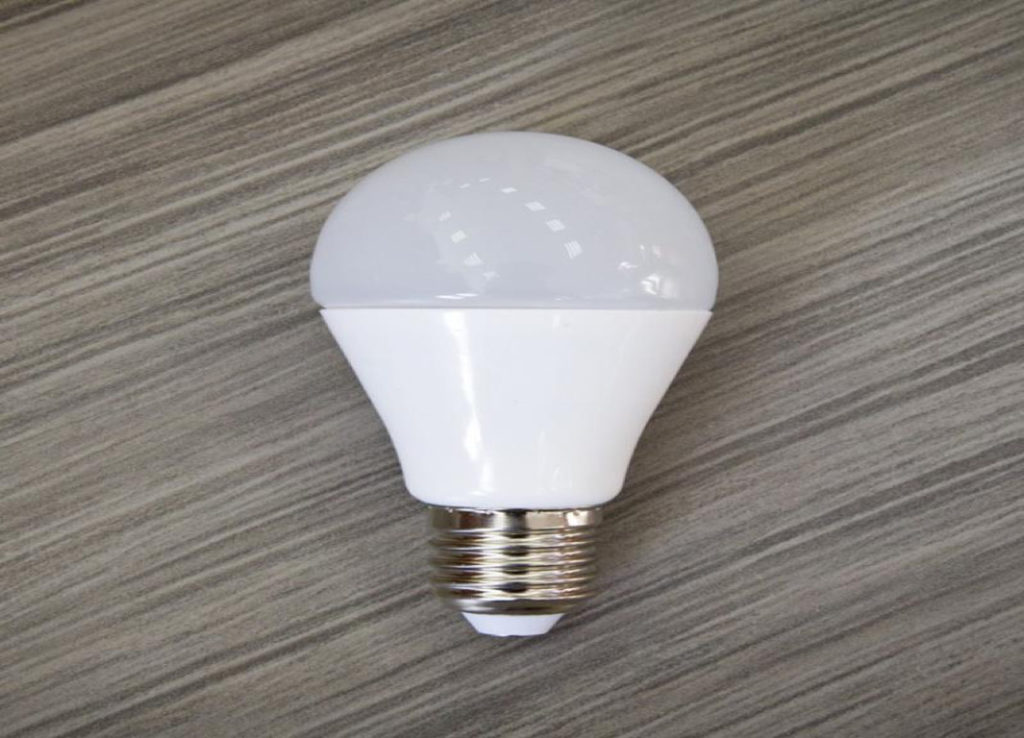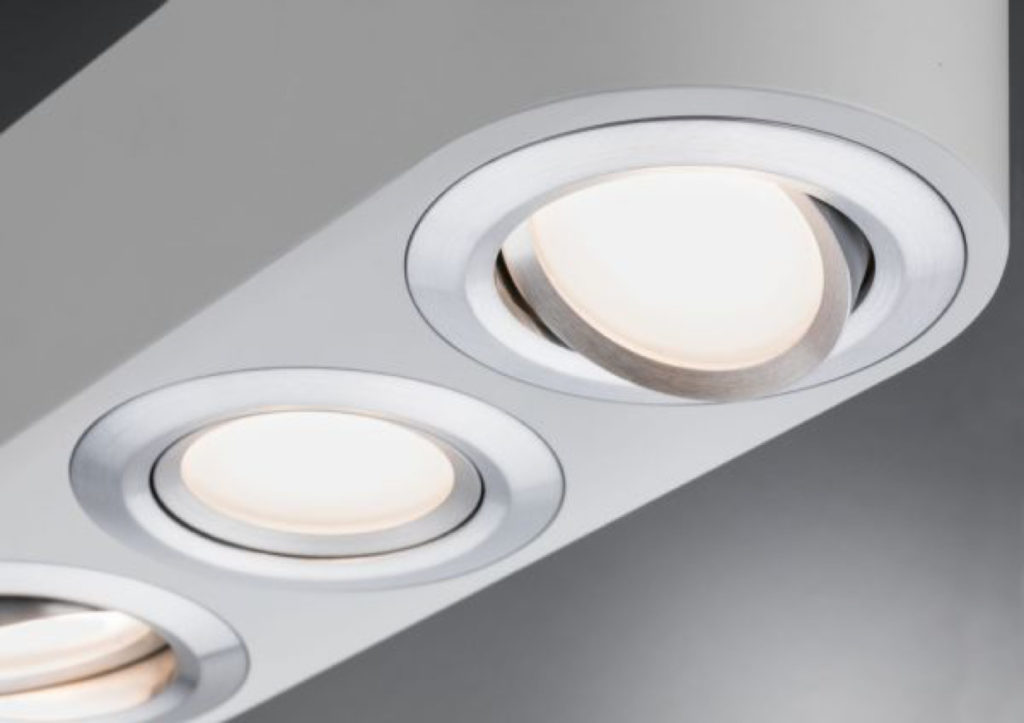Advantages and disadvantages of LEDs and LED bulbs
With the regular increase in electricity prices, consumers of utilities have begun to use cost-effective analogues of incandescent lamps. Modern interiors of apartments and houses can no longer be imagined without LED lighting. But in addition to the desire to reduce the cost of light and change the decoration of rooms, it is necessary to consider certain disadvantages of LED lamps. Consider the main disadvantages and advantages of using LED lighting.
Economy .
One of the priority advantages of LED elements is to minimize the cost of paying electricity. The power level of LEDs is lower than that of incandescent lamps, so one semiconductor element of 8-10 W is functionally equivalent to a 60 W counterpart with a "tungsten filament". Electron-hole junction models are more economical than fluorescent light sources, as their wattage figures are as high as 15-16 watts.

In an effort to minimize energy costs, you should not replace incandescent bulbs with LED devices in all rooms. LED lighting is more rational in those rooms where family members are used to spend most of their leisure time.
LED devices are also appropriate for the yard area, which in the fall and winter accounts for most of the electricity.
Service life
LED lights are notable for their longevity. LED manufacturers declare that the warranty period of an innovative product is 2 years.

If the lamp is properly operated, it will last at least 30 thousand hours. During this period of time, you would have to change a few dozen incandescent lighting devices.
But, assessing the strengths and weaknesses of LED lamps for the home, some consumers doubt that LED elements are designed for long-term operation. Manufacturers of LED lamps can deliberately overestimate the life of LEDs, declaring that the products will function for 5-10 years. In fact, in the production process they use cheap raw materials, which allows LED-lights to work no more than 1 year.
Resistance to damage
Traditional light-emitting devices are not highly durable, because they are based on a glass body and a thin filament.
In the manufacture of LED-lamps often use aluminum components and high quality plastics, so the risk of deformation of products is minimized.

LED product can be subjected to mechanical damage in the case of a factory defect. Connections soldered with a violation of manufacturing standards, in the operation of the lamp can be destroyed, which is fraught with the risk of breaking the circuit. If there is no contact between the crystal and the heat sink substrate, there is a high probability of accelerated wear and tear of the LED.
The joints that bind the LED lamp components are sometimes destroyed as a result of increased concentrations of internal mechanical stresses in the plastic. These are caused both by manufacturing defects and by failure to comply with the temperature values recommended for the operation of light sources.
To minimize the risk of LED breakage, manufacturers began adding transparent silicone to the crystals. It allows a uniform distribution of mechanical stresses and strengthen the bonding elements between the components of the LED lamp.
Minimum flicker
The degree of light pulsation is the most important parameter when choosing a lamp for the living room. The human eye is sensitive to devices with high flicker rates, which provokes frequent headaches and insomnia. The light pulsation coefficient is recorded as a percentage. Manufacturers of consumables for sconces and chandeliers must comply with the standards specified in SNiP 23-05-95 and SanPiN 2.2.1/2.1.1.1278-03.

The flicker index of a lamp equipped with a tungsten filament is in the range of 15 to 18%. In LED lighting sources, it is 4-5 times lower, because they are equipped with drivers that supply the crystal with electric current. But some suppliers of consumables in order to make them cheaper are limited to trivial chips. Low-quality products, positioned as LED-lamps, have a light ripple factor of 40%, which is 2 times higher than the permissible values.
Response time
An additional advantage of LED products is the speed of their on and off. It takes only 10 nanoseconds for the LED lamp to turn on and off. With frequent switching, the risk of light fading in an innovative device is minimized.
Heat transfer
The design of LED lamps does not provide incandescent filament, which provides not only light radiation, but also the release of thermal energy that can increase the temperature of the air and nearby objects. This circumstance ensures quality lighting of perfumes, museum exhibits, flowers and other items for which strict storage conditions are important. But a certain percentage of heat transfer in light-emitting diodes can not be excluded, which is due to the peculiarities of the semiconductor p-n junction process. To level out the risk of overheating parts in the LED lamps, manufacturers are forced to equip products with elements that provide good heat dissipation.
Safety
LEDs are often heated by no more than 50 ° C. Innovative light sources do not cause appreciable harm to human health, unlike incandescent lamps, which reach temperatures ranging from 150 ° to 200 ° C. The body of the LED lamp is made of plastic and the product is equipped with a steel base. The semiconductor light source is based on a printed circuit board, diodes and a driver. The bulb of the LED device is not filled with gas and is not sealed.

In terms of the concentration of harmful substances, LED lamps are similar to most models of electronic devices that function without a battery. One of the undeniable advantages of LED devices is a safe mode of operation.
When choosing an LED device, it is necessary to analyze the color temperature of the model. If its indicators are high, the intensity of radiation in the blue and blue spectrum will be the maximum. The retina of the eye is most susceptible to the blue shade, which over time can impair vision. It is not recommended to install LED elements emitting a cool color in children's rooms.
Warm light is the least harmful to the eyes. It is recommended to use LED devices with a color temperature range of 2700-3200 K.
Environmental friendliness
LED lights are safe sources of light for the environment. No mercury is used in their manufacture (unlike fluorescent counterparts and devices with tungsten filament). The only risk if an innovative device is damaged is cuts from the splinters of the bulb. Because of the low coefficient of heat transfer, the LED lamp will not explode in your hands, and for its disposal does not require special places.
Cost
The price of LEDs reaches 200-700 rubles, depending on the model of the device and the purpose of its use. Some consider the high cost of LED lamp its main disadvantage, as light sources with tungsten filament and fluorescent products are sold cheaper.

But if you compare the life of LED devices and alternative consumables, the choice of a device with an electron-hole p-n junction is obvious.
Difficulty of replacement
Often there are cases where LED elements stop functioning after 6-12 months of operation. Given the high price of innovative light sources, some people try to repair them themselves. In 90% of cases, premium models of lamps are equipped with only one diode. If it has failed for any reason, then fixing the product will become impractical, because you will have to pay dearly for the part that needs to be replaced. LED-lamps of the category "economy" often break before time due to the poor quality of work in their manufacture, so to spend time on repairing these models is futile.
We advise to watch the video: "LED lamps: pros and cons".
Advantages and disadvantages of LEDs
LEDs (light-emitting diodes) or LEDs as sources of artificial electrical light have many advantages. Compared to traditional incandescent LEDs, including halogen lamps, they are more energy efficient. This is confirmed by parameters such as luminous efficacy. For example, the light output, i.e. the ratio of the amount of light that a light source produces to the power consumption of different sources has the following values, in Lm/W:
- For ordinary incandescent lamps - from 4-5 to 12-13;
- Halogen - from 14 to 17-18;
- For fluorescent lamps, from 45-50 to 70;
- discharge metal halide - from 75-80 to 100-105;
- LEDs and high-power discharge sodium lamps - about 110 to 115;
- for advanced LEDs, about 250-270.
Other pluses include:
- Long service life, which is 10-100 times longer than the nominal life of incandescent bulbs;
- The efficiency factor is much higher than that of other light sources;
- the highest reliability is ensured by the mechanical strength of the solid-state crystal, soldering over large planes of contact pads, the small size and weight of the device housing, etc;
- electrical safety - working voltage does not exceed 12-18 V and only some LED products are powered from 230 V directly;
- Safety for human health and the environment - the materials used in construction are neutral or low-hazard, while other energy-efficient light sources - discharge lamps, fluorescent tubes, compact, induction, etc. use mercury - a material of the 1st group of danger, which has the property of accumulating in the human body and animals
- sufficiently high quality of light: different color temperatures, accurate color reproduction, low level of pulsation of the light flux, etc;
- operation in different climatic conditions: in high humidity and dusty air, at minus 50-60℃;
- Instantaneous output of the operating mode. Discharge lamps require from 30 seconds to several minutes;
- An unlimited number of switchings. Fluorescent light sources have from 7-8 to 20-25 thousand switching cycles;
- high stability of parameters in time.
Thematic video
White LEDs with a three-component phosphor have 3-5 spectral lines in the emission spectrum, while modern discharge lamps have 2-3. Therefore, LEDs have a higher color rendering index than fluorescent lamps.
But LEDs also have their disadvantages:
- limitation on the upper operating temperature, not exceeding 80-100℃;
- high cost, but it is compensated by long operation and minimum maintenance.
Some varieties of LEDs are manufactured to provide the desired shade of white light - from super warm to very cool, or virtually any color. Adjustable LEDs - RGB triads, triple-colored crystals in one housing, allow you to get any white or color shade. In lights, ribbons and strips, LED-based modules, these possibilities are even greater.
Conclusion
LED lighting sources have more pros than cons. Modernization of LED production technology will increase their power characteristics and optimize the cost of innovative products for the mass consumer. Subsequently, it will be possible to significantly save the family budget on electricity bills.
